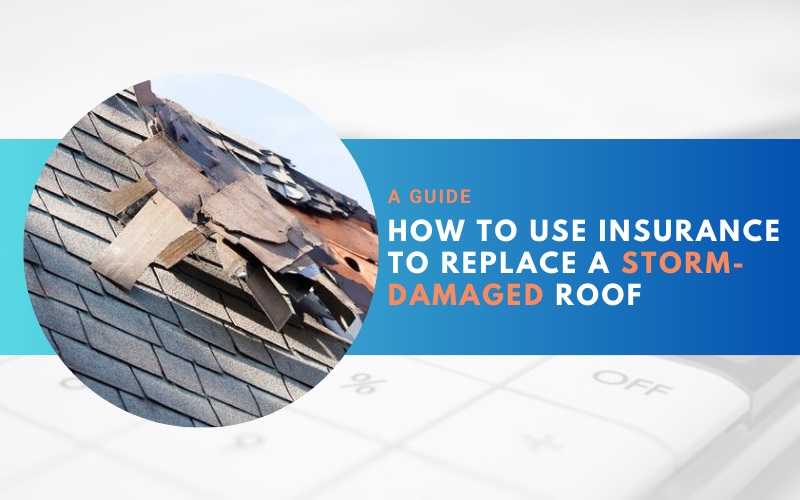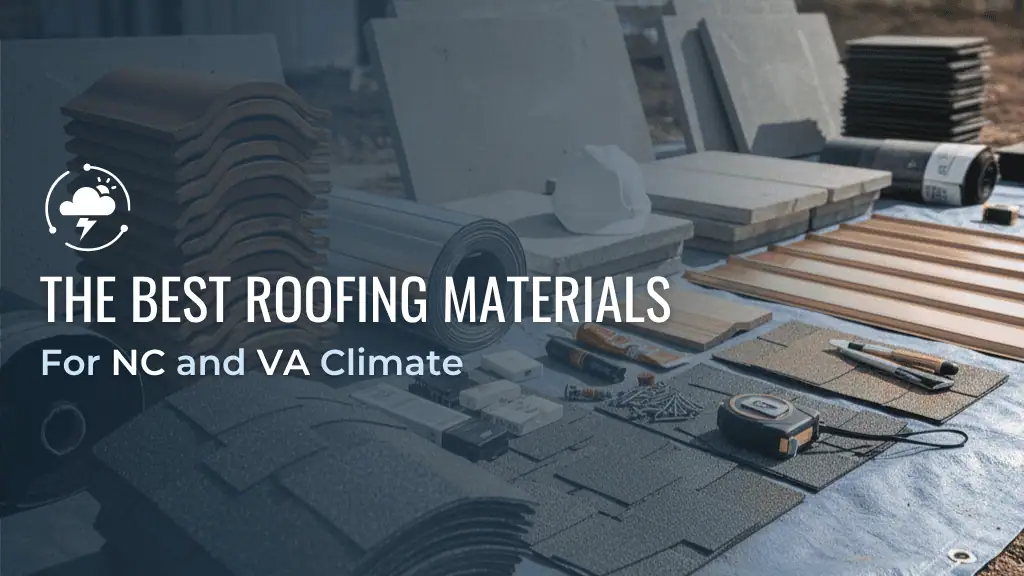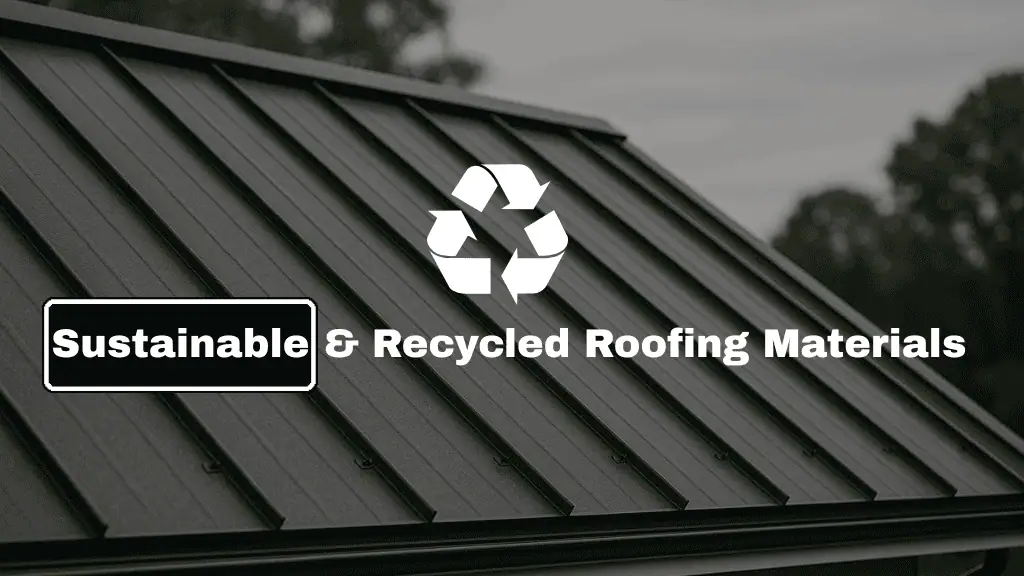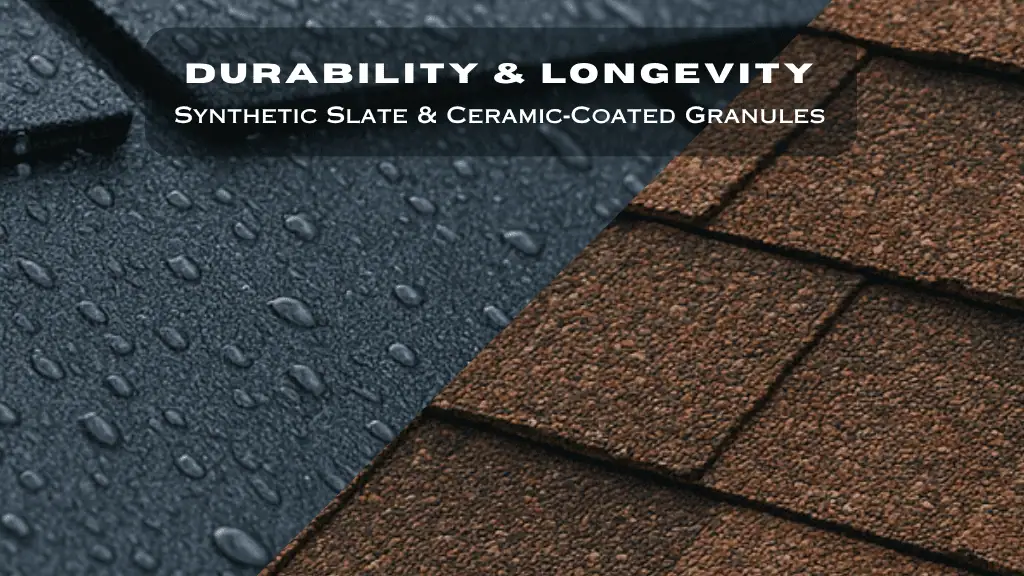
The American dream has long consisted of owning a beautiful home complete with a white picket fence and a sturdy roof overhead. However, Mother Nature sometimes has different plans in store. And with storm season becoming increasingly severe across the U.S., roofs are in for a beating. Yet, every dark storm cloud has a silver lining, and that’s where your roof insurance comes in.
It should come as no surprise that hail damage is a major contributor to property loss in the United States. As of 2019, wind and hail damage accounted for a whopping 34.3% of all property damage claims nationwide, affecting around 6.2 million properties the following year. The National Oceanic and Atmospheric Administration (NOAA) recorded 4,436 major hail events in 2022. And with climate change being an ever-present factor, 2023 may shape up with similar statistics.
But with the right insurance and guidance, restoring your home to its former glory is easy and affordable. Let Skywalker Roofing guide you through the maze of insurance claims, roof repair, and replacement.
First, Understand the Extent of Roof Damage
Not all storms are equal in terms of roof leaks. Assessing the severity and understanding when to hit the panic button is crucial. Not every thunderclap spells disaster for your rooftop. And while it’s essential to address roof damage promptly, it’s also vital to differentiate between minor wear and severe storm damage roofing issues. Some damage, like a few missing shingles or slight water stains, can be quickly addressed. However, roof damage from hail or extensive storm damage may require immediate attention and a professional touch.
How Does the Insurance Process Work?
Navigating the landscape of roof insurance can seem complex, but it’s primarily a structured process. Here’s a breakdown:
- Policy Initiation: When setting up roof insurance, you’ll define parameters such as coverage limits, deductibles, and the types of damage covered, be it natural disasters, fire, or vandalism.
- Regular Premiums: Like other insurance plans, you’ll pay monthly, quarterly, or yearly premiums to keep the coverage active.
- Damage Inspection: If your roof incurs damage, it’s crucial to document it thoroughly. Take photographs, note when the damage occurred, and list any potential causes.
- Claim Submission: With your documentation in hand, you’ll file a claim with your insurance provider, detailing the damage and seeking coverage for repairs or replacement.
- Adjuster’s Visit: The insurance company sends an adjuster to assess the extent of damage and verify the claim. This step determines how much compensation you receive.
- Claim Resolution: Post-assessment, the insurance company will either approve, partially compensate, or deny the claim based on the adjuster’s findings and your policy’s terms.
Being well-versed in this process ensures you’re fully equipped to get the maximum benefits from your roof insurance when calamities strike.
Understanding Insurance Policy Payouts: ACV vs. RCV vs. Recoverable Depreciation
When you file a claim on your insurance, understanding how the payout is calculated is crucial. Your insurance check will be based on your roof’s ACV or RCV, depending on your policy. Here’s a breakdown of each:
• Actual Cash Value (ACV)
This considers both the cost to replace your damaged or lost property and its depreciation. In simpler terms, ACV represents what your property is worth today, considering its age and wear and tear. For instance, a roof that’s ten years old will have a lower ACV than a roof that’s only two years old due to the older roof’s accrued depreciation.
• Replacement Cost Value (RCV)
RCV represents the current cost to replace the damaged or lost property without factoring in depreciation. It essentially answers the question: “How much would it cost to replace my roof today?” So, if a storm damages your roof, an RCV policy will compensate you for the total cost of installing a new roof without considering the age or previous condition of the damaged roof.
• Recoverable Depreciation
This is the difference between ACV and RCV. If you have a policy that includes recoverable depreciation, you’ll initially receive an ACV payout. Once you’ve replaced the roof (or completed the repairs), you can claim and recover the depreciation amount, effectively getting the full RCV. This ensures homeowners aren’t left short-changed after restoring their property.
Understanding these terms and how they play in your insurance policy can be the difference between getting a partial roof repair versus a full, brand-new roof replacement.
Show Your Roof Insurance Statement to Your Roofing Experts
Providing your roofing company with the insurance estimate is a step that ensures clarity and efficiency in the repair process. It allows the roofer to cross-check the assessed damages with real-world costs and identify any overlooked areas. It fosters transparency, helping contractors align their services with the budget and promoting open communication. Moreover, should any supplemental claims arise, informing the roofer from the outset streamlines the process.
Skywalker Roofing is Your Local Roof Protectors Against Storm’s Wrath!
It’s comforting to know that local expertise is just a call away in the aftermath of turbulent storms. Skywalker Roofing, as your trusted local roofing contractor, stands ready to address all storm-related roof damage. Our team is equipped to deliver top-notch repair, replacement, and new roof installation services, ensuring your home remains safe against the elements.
We serve the NC Piedmont Triad, Piedmont Triangle, Charlotte Metro, and Roanoke, VA regions, and pride ourselves on our deep-rooted community connections and unwavering commitment to excellence. Because at Skywalker Roofing, we don’t just fix roofs; we build trust and peace of mind, one shingle at a time. Experience the Skywalker difference today!








